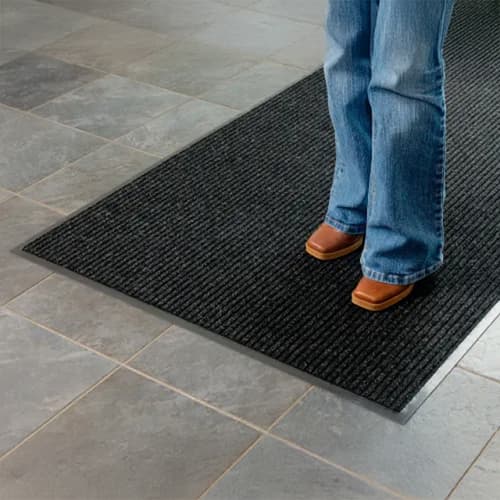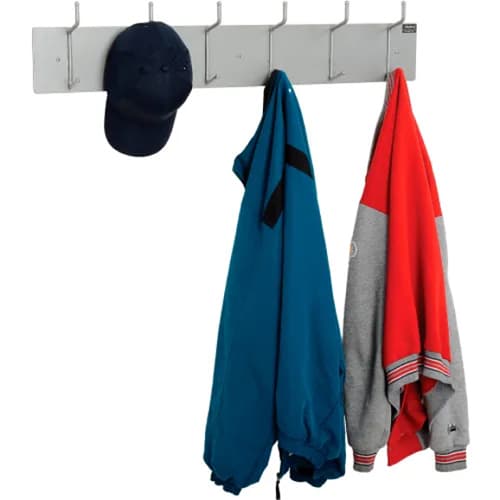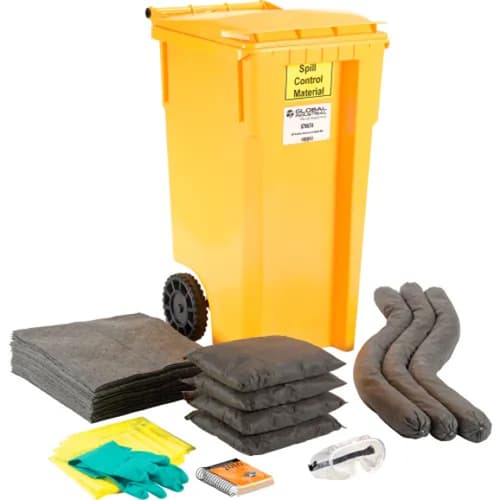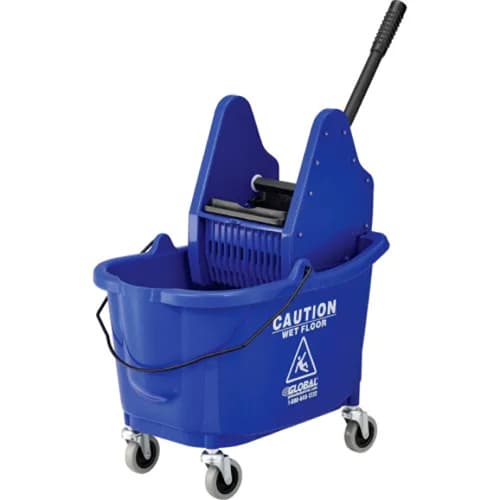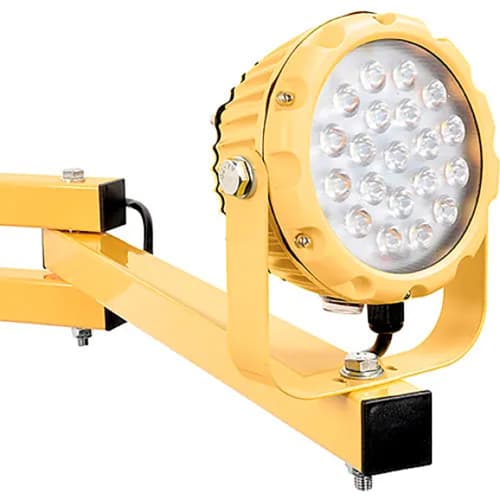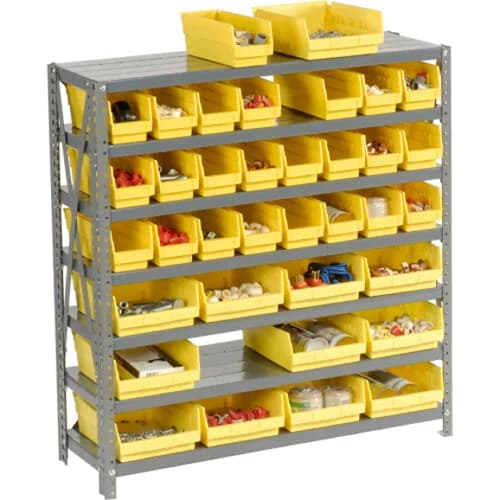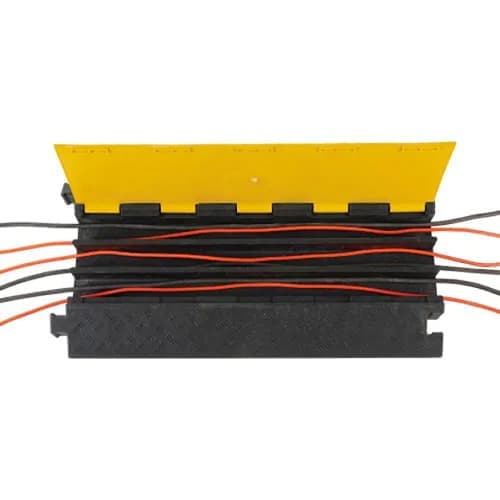Slips and trips in the workplace are a leading cause of injuries, with over 450,000 incidents reported in 2024 alone. Construction sites are particularly vulnerable to slips, trips, and fall incidents. In 2021, the construction industry saw nearly 1 in 5 workplace deaths, with over one-third caused by slips, trips, and falls. Almost all of these fatalities resulted from falls to a lower level, making up 46.2% of all fatal slips, trips, and falls that year. Even in non-fatal situations, slips, trips, and falls result in a substantial number of lost workdays each year. Estimates suggest that these incidents result in approximately 9.5 million workdays lost annually. The direct costs of these lost days include medical expenses, legal fees, and workers' compensation payments, which are incurred immediately following an accident. But there are also indirect costs such as litigation expenses, loss of productivity, and equipment repairs due to workplace injuries. To maintain a safe and productive environment, jobsite and facility managers must take a proactive approach to floor safety year-round.
Slips and trips occur when there is a lack of traction on walking surfaces or when obstacles create hazards. Key factors include:
- Wet and Slippery Floors: Spills, tracked-in water, and condensation can create slick surfaces.
- Snow, Salt, and Sand: During winter, outdoor elements are brought inside, increasing slip risks and potentially damaging flooring.
- Trip Hazards: Loose cords, misplaced tools, and unexpected obstacles can create dangerous walking conditions.
Trips and falls from elevated heights can be protected by using appropriate fall protection equipment. Check out our guide to fall protection to learn more about what equipment and precautions are right for your jobsite.
Preventing Slips in the Workplace:
Keeping floors dry and clean is the first step in reducing slips.
Drainage Mats
Placed in wet process areas, these mats help channel water away from walking surfaces, preventing pooling.
Entrance Mats
Essential for trapping moisture and debris at doorways, reducing the amount of water tracked into the workspace.
Heated Mats
These mats prevent ice and snow from accumulating at entrances, minimizing the risk of slips before employees even step inside.
Coat Racks & Umbrella Stands
Proper storage of wet outerwear prevents puddles and clutter in entryways.
Spills are inevitable, but quick response and proper cleanup solutions can prevent accidents.
Spill Kits
Having absorbent materials and cleanup supplies readily available ensures swift response to liquid spills.
Mop and Bucket Systems
Regular floor cleaning keeps surfaces dry and free from hazardous buildup.
To maintain a dry workspace, investing in the right floor care equipment is essential. Machines like automatic scrubbers, wet/dry vacuums, and floor dryers can help maintain clean and dry surfaces. For more information on floor care machines, equipment, and supplies, check out our Floor Care Guide.
Preventing Trips in the Workplace:
Increasing awareness and visibility of hazards and improving visibility reduces the chances of tripping accidents.
Signage
Clearly marked wet floor signs alert employees to temporary hazards.
Anti-Slip Tape
Applied to high-traffic areas and stairways, this enhances traction on smooth surfaces.
Task Lighting
Proper lighting ensures that hazards such as spills and obstacles are visible to employees.
Avoiding clutter and keeping work areas organized minimizes the risk of tripping over misplaced objects.
Storage and Shelving Solutions
A well-organized workspace reduces the chances of items being left on the floor.
Cable Protectors
Loose cords are a major trip hazard—use cable covers to keep them neatly secured.
Outdoor Safety Measures to Prevent Indoor Hazards
While this guide focuses on indoor floor care, outdoor conditions significantly impact indoor safety. Seasonal elements like snow and rain create additional risks. Consider these solutions:
- Snow Removal and Ice Melt: Keeping exterior walkways clear prevents employees and customers from tracking in excess moisture.
- Parking Lot Maintenance: Fixing loose or damaged pavement reduces trip hazards before they reach the building.
- Proper Drainage Solutions: Ensuring that outdoor water is properly redirected can prevent indoor puddles.
By implementing these year-round safety measures, businesses can create a safer work environment, reduce costly accidents, and ensure employees and customers can move around with confidence.
The information contained in this article is for informational, educational, and promotional purposes only and is based on information available as of the initial date of publication. It is the reader’s responsibility to ensure compliance with all applicable laws, rules, codes and regulations. If there is any question or doubt in regard to any element contained in this article, please consult a licensed professional. Under no circumstances will Global Industrial® be liable for any loss or damage caused by your reliance on this article.

